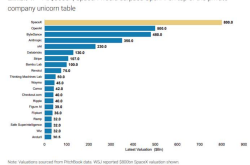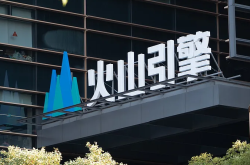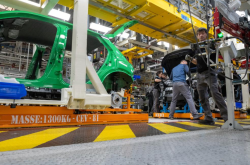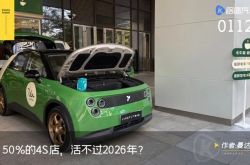50 Billion Invested in AI and Beyond: Midea Embraces the Future, Reflecting Industry-Wide Anxiety
![]() 07/21 2025
07/21 2025
![]() 572
572
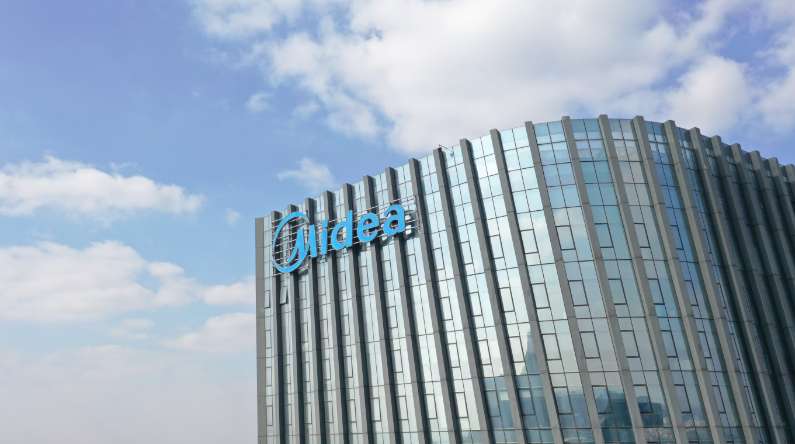
Author: Shen Rufeng
Art Editor: Gu Qingqing
Produced by: Wangjie
At the "New Quality Development Industry Conference for Top 100 Light Industry Enterprises" held in Beijing on July 9, Wang Jianguo, Vice President of Midea Group, sparked industry-wide astonishment with his announcement. He revealed that Midea plans to invest at least 50 billion yuan over the next three years in AI large models, new energy, robotics, and other cutting-edge fields.
This colossal sum amounts to three times Midea's total R&D expenditure for the entire year of 2024 (16.2 billion yuan).
This isn't Midea's first foray into "unfamiliar territory." From its humble beginnings in electric fans to overtaking Gree in the air conditioning market, and from acquiring Kuka Robotics to venturing into medical imaging equipment, Midea's transformation journey has always been met with skepticism.
But with this 50 billion yuan investment in cutting-edge areas like AI large models, it's evident that Midea is no longer content with being labeled a mere "home appliance giant"; it aims to become a true technology powerhouse.
01 From "Price Wars" to "Tech Wars"
Midea's reputation as the "public enemy" of the home appliance industry isn't unfounded. Over the decades, it has employed nearly ruthless tactics to seize half the microwave oven market from Galanz, force Joyoung to react in the soy milk machine sector, and ultimately surpass Gree in the air conditioning industry.
Its strategy was straightforward and fierce: if you dare to lower prices, Midea dares to go lower; if you hire three salespeople, Midea rewards dealers with BMWs.
Yet, Midea has evolved. Price wars still rage, but its R&D investment has quietly surged in recent years. In 2024, its R&D expenses reached 16.2 billion yuan, an 11% year-on-year increase, surpassing both Gree (6.904 billion yuan) and Haier (10.74 billion yuan). More crucially, Midea's R&D focus is shifting from "To C" to "To B".
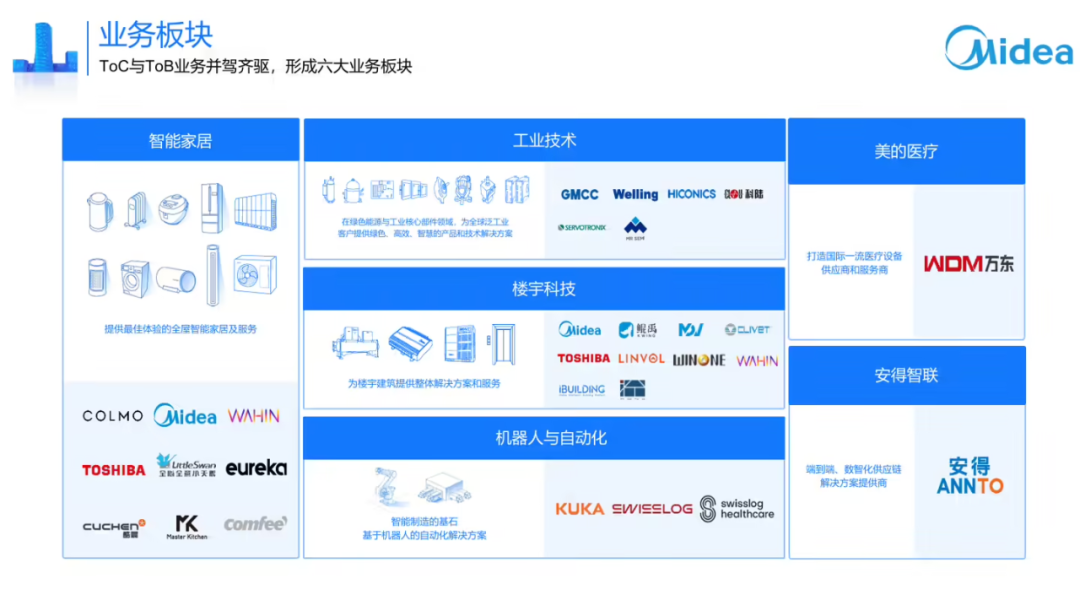
Currently, Midea's B-end business and industrial solutions encompass various fields, including new energy and industrial technology, robotics and automation, and smart building technology. In 2024, Midea Group's B-end business accounted for 25.67% of its total revenue, up from 18.5% in 2020.
Additionally, Midea's self-developed "Meiyan" large model has been integrated into over 20 categories and 500 products, enabling voice-controlled operation of all household appliances.
On the intelligent manufacturing front, Midea's "Digital Twin Factory" optimizes production processes through AI, reducing order delivery cycles by 25%. These efforts might seem modest, but they are pivotal for traditional manufacturing's transition towards AI.
However, the challenges are equally prominent. AI large models demand vast amounts of data and computing power, and Midea's strength lies in hardware manufacturing, not algorithms. One industry insider bluntly stated, "Home appliance companies' AI models are most likely 'toy-level.'"
02 Kuka, Wandong Medical, and New Energy
Midea's technological transformation is inextricably linked to its "buy, buy, buy" strategy. In 2016, Midea acquired German robotics giant Kuka for 29.2 billion yuan. In 2021, it acquired medical imaging company Wandong Medical.
Currently, Midea's Kuka has increased its market share in the domestic industrial robotics market to 8.2%. Despite a decline in robot business revenue in 2024, Midea persists in increasing investment and even developing humanoid robots.
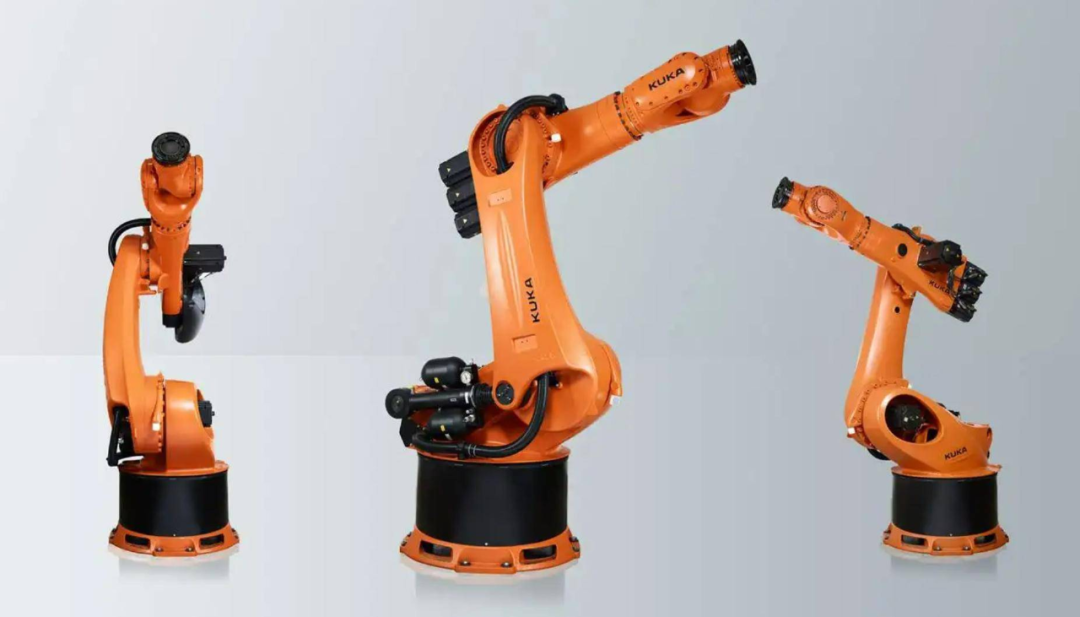
The bigger highlight is new energy. Through the acquisition of Hefkon New Energy and Clou Electronics, Midea has established a comprehensive photovoltaic + energy storage + smart grid industrial chain.
In terms of revenue, in the first quarter of 2025, Midea's new energy and industrial technology segment generated 11.1 billion yuan, a 45% year-on-year increase, making it the fastest-growing segment in the ToB sector. However, this field is fiercely competitive, dominated by giants like CATL and BYD.
03 Fang Hongbo's "Anxiety"
Midea's Chairman Fang Hongbo has publicly declared, "The possibility of a great high-tech company emerging from the home appliance industry does not exist." Behind this statement lies Midea's growth anxiety.
In 2024, Midea's revenue surpassed 400 billion yuan, but the proportion of its smart home business still accounted for up to 66%, with growth rates dipping into single digits. Although Midea's overseas revenue contributes 41% of its total revenue, it mainly relies on acquired brands (such as Toshiba) and low-cost strategies.
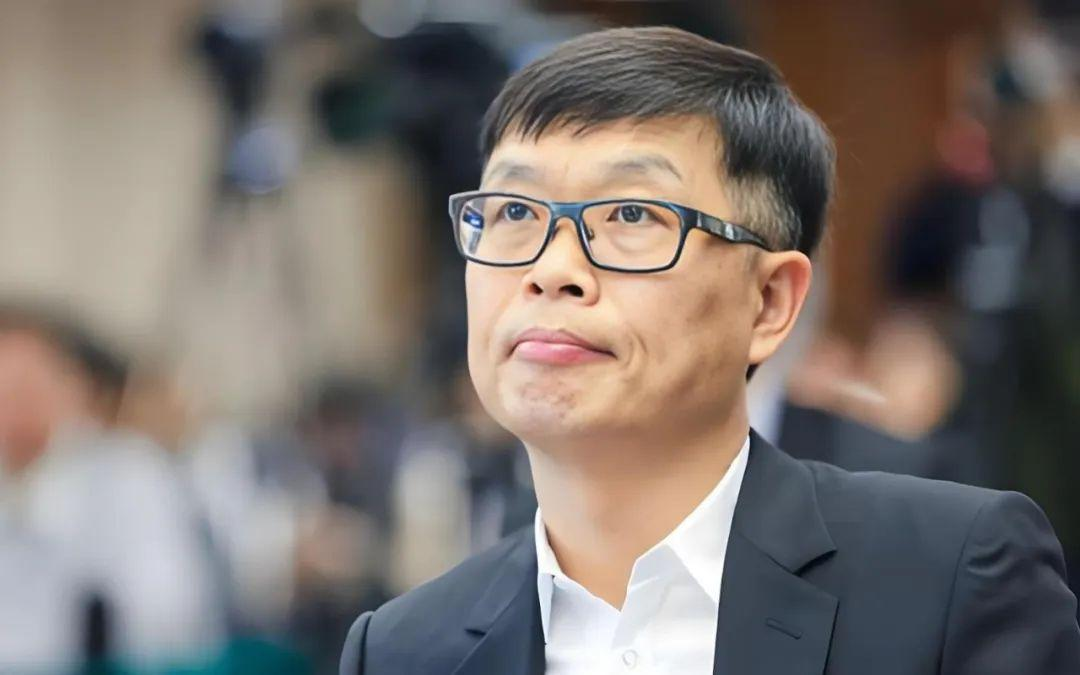
Faced with this scenario, Fang Hongbo's solution is to "walk on two legs": leveraging high-end brands COLMO and Toshiba to boost gross profit margins, and simultaneously betting on new ventures like AI and robotics.
However, the reality is harsh. The revenue proportion of Midea's business and industrial solutions business has not increased but decreased, from 26.28% in 2023 to 25.67% in 2024.
An even more challenging issue is talent acquisition. One headhunter revealed, "The current competition for AI talent is fierce, and it's difficult for Midea to attract top talent."
Conclusion: Midea's Future
Midea's 50 billion yuan AI plan is essentially a "race against time for survival." With growth peaking in the home appliance industry, Midea must find new engines. However, technological transformation is no small feat: AI large models require long-term investment, the robotics business has yet to break through, and the new energy sector is teeming with formidable competitors.
Fang Hongbo is acutely aware of this. He has repeatedly emphasized "cutting off one's own arm" at internal meetings and even bluntly stated that "there are already six or seven successors." This sense of crisis propels Midea to constantly disrupt itself, but it also introduces the risk of resource dispersion.
Midea's future could unfold in two ways: either it successfully transforms into an industrial technology giant akin to Siemens, or it loses its way in diversified expansion, much like GE. The 50 billion yuan investment is merely the entrance fee; the real test has just begun.

